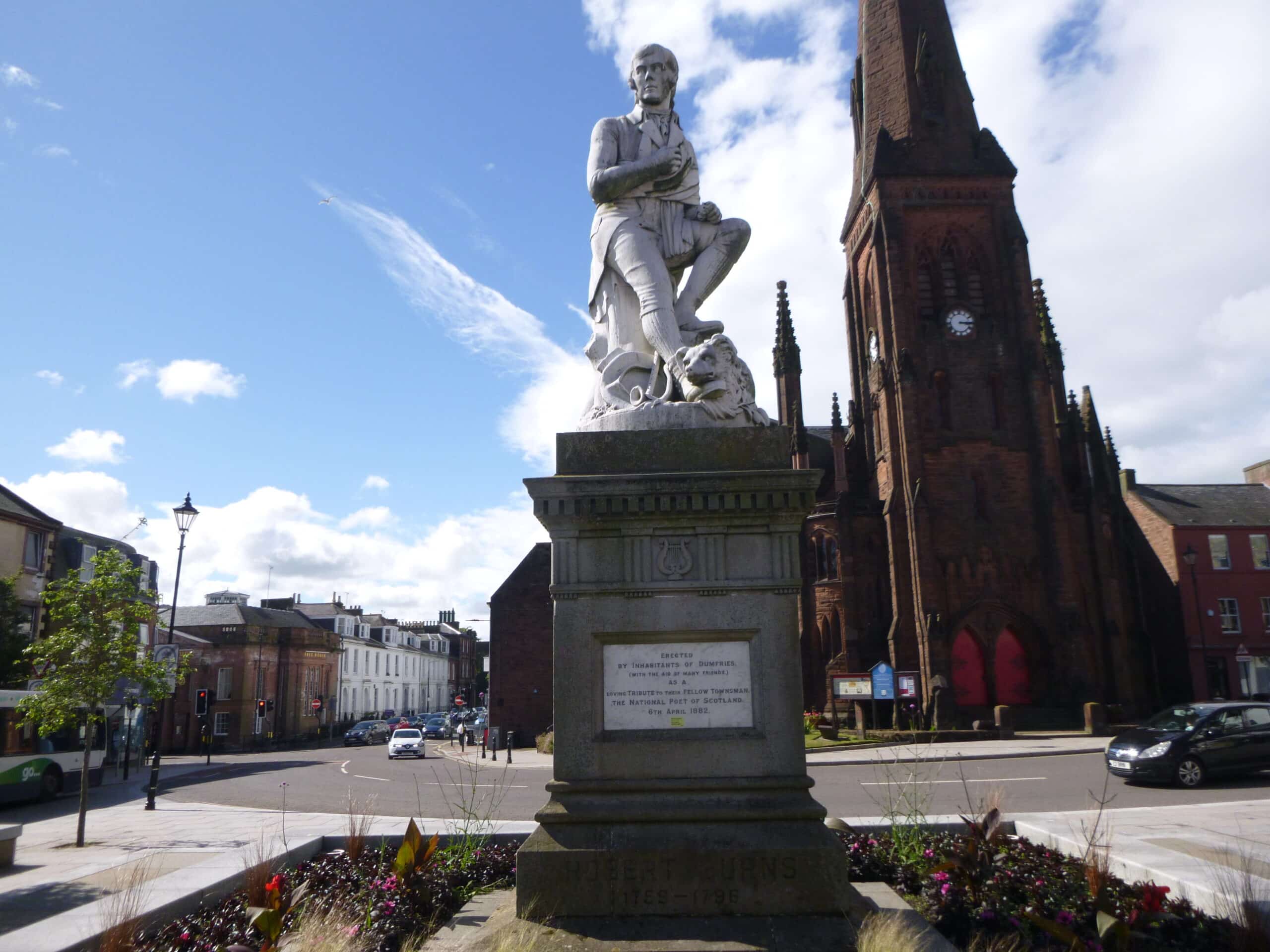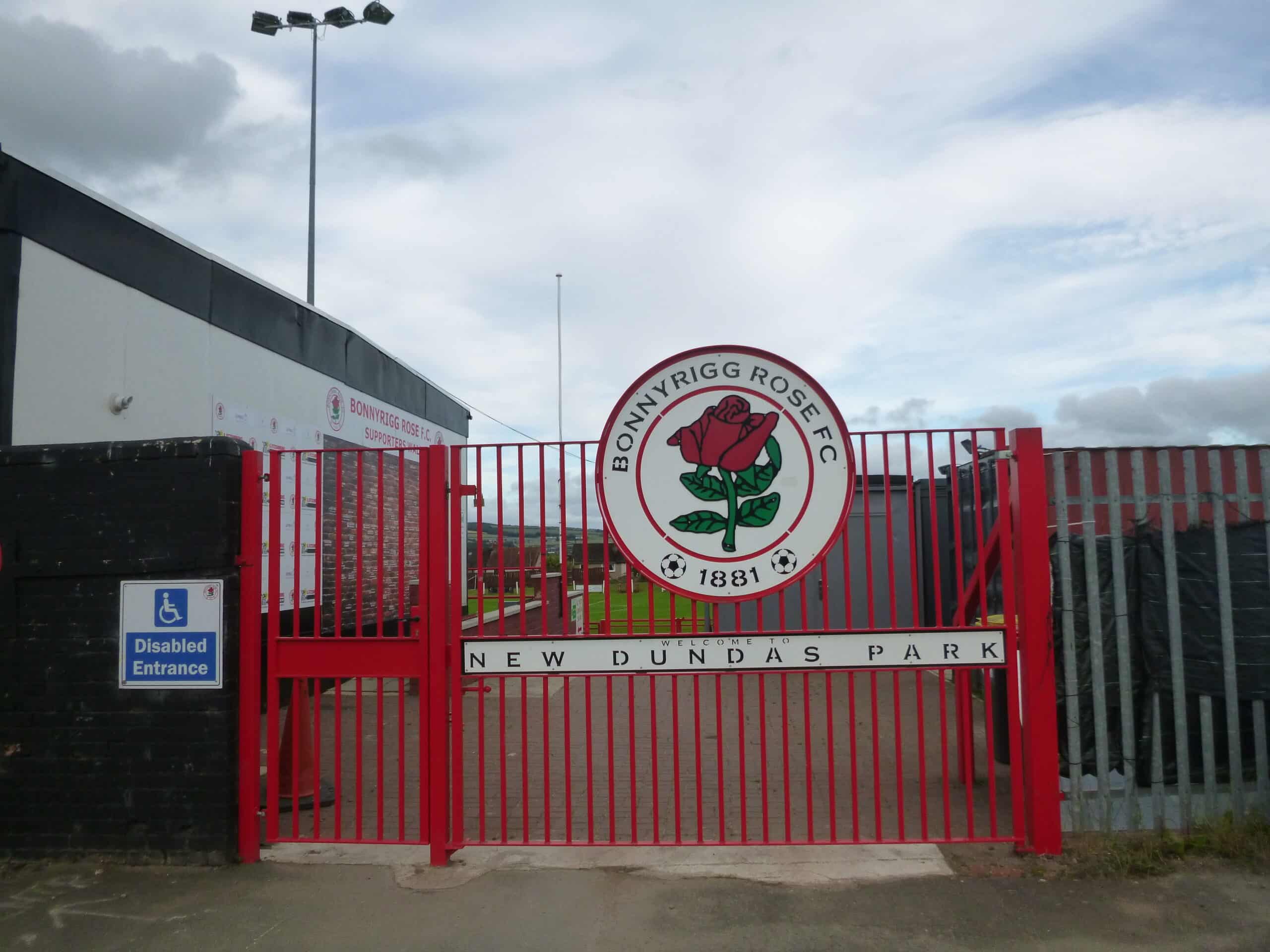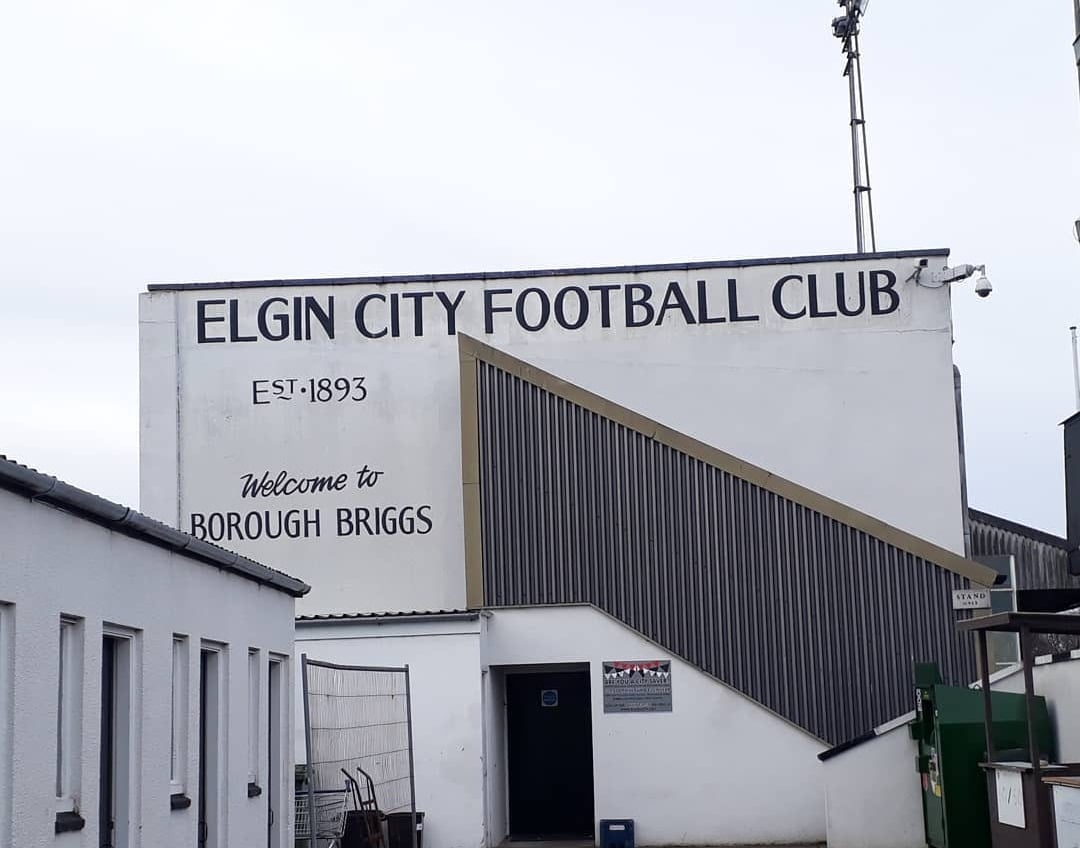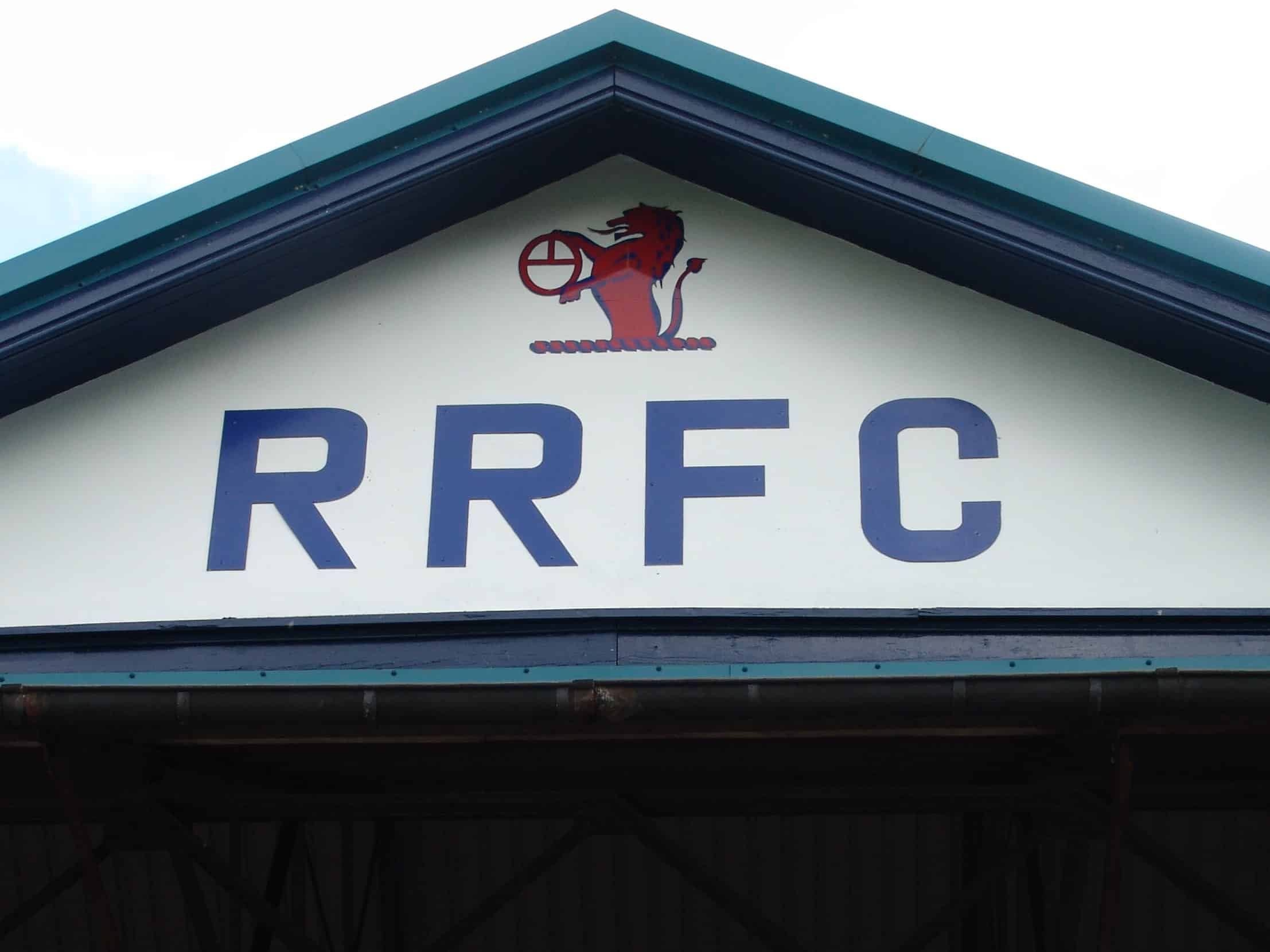A fan’s guide – the club from early doors to today
Approaching their centenary year, Queen of the South had to wait until 2008 before they came close to major silverware and gained a passage to Europe. The flagship club of Dumfries, referred to as ‘Queen of the South’ by a local poet, ‘Queens’ also share the same nickname as locals from this stately, historic border town: Doonhamers, for whom ‘doon’ south is their ‘hame’.
Formed in 1919, QoS gained full Scottish League status four years later and the top tier within a decade. Based at Palmerston Park, across the River Nith in Maxwelltown, Queens enjoyed their best period in the early 1930s. With forwards such as Englishman Joe Tulip and Derry-born Laurie Cumming, QoS did the double over Celtic to gain their highest ever league finish of fourth in 1934, then knocked Rangers out of the Scottish Cup in 1937.
Opening scorer that day was Jackie Oakes, who played for Queens either side of the war, then again through the 1950s, before his last game at the age of 40 in 1960. With all-time record scorer Jim Patterson, the post-war Queens side wasn’t shabby either. A team of seasoned professionals, gathered by long-term manager Jimmy McKinnell Jr – such as former England international Ivor Broadis and goalkeeper George Farm of Matthews Final fame – maintained top-flight consistency.

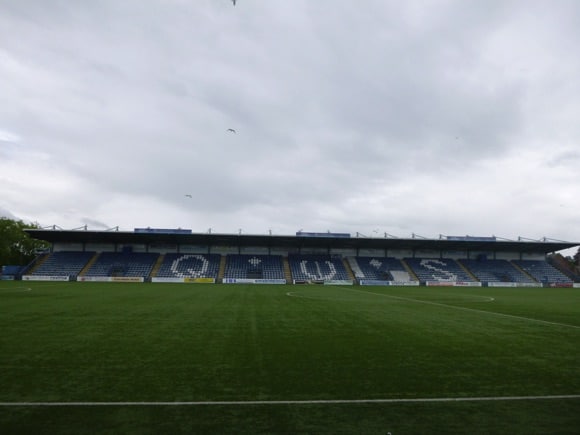
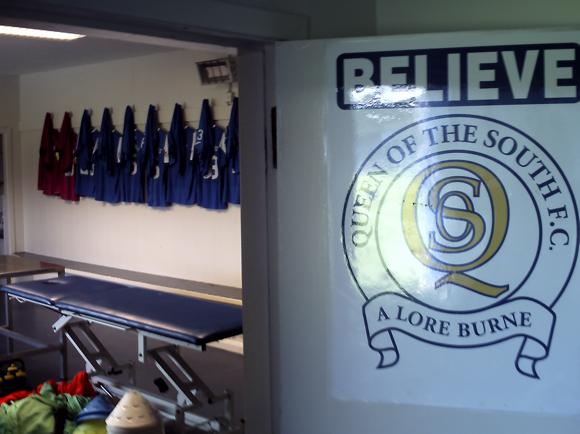
They also reached the Scottish Cup semi-final in 1950, lost on a replay to Rangers, and attracted record crowds to Palmerston Park. McKinnell’s father had been on the board when Queens were founded in 1919 and remained involved with the club until Jimmy Jr arrived as manager in 1946.
With Farm as player-manager, QoS enjoyed one last season in the top tier in 1963-64 – there hasn’t been one since.
Queens pressed for a quick return but eventually tumbled down from bottom of the second flight in 1978 to near bottom of the then lowest third in 1979. Long-term chairman Willie Harkness seemed helpless to find a solution and crowds at Palmerston Park, dwindled to the low hundreds.
A new beginning came with local businessman Norman Blount taking over the club in 1994. Though unable to turn down a quarter of a million pounds for top-scoring striker Andy Thomson, still a club record transfer, Blount set about building a new stand at Palmerston Park and allowing former Queens defender Billy McLaren to do his job as manager.




Blount gave way to Ronnie Bradford then, in 2003, retired farmer Davie Rae took over as chairman. Turning QoS into a full-time outfit in 2007-08, Rae reaped rewards with a record run in the Scottish Cup. Spurred on by an 84-yard strike from Ryan McCann to seal a 2-0 win over Dundee in the quarter-final, Queens took 10,000 fans to Hampden for the ding-dong semi with Aberdeen. Four times ahead in the game, QoS saw Aberdeen hit back three times before holding out for a famous 4-3 victory.
In their first Scottish Cup final, The Doonhamers did 15,000 of their own fans proud, pegging Rangers at 2-2 from a 0-2 deficit. Two goals in three minutes, from ex-Gretna midfielder Steve Tosh and stalwart captain Jim Thomson, brought Queens level but only for ten minutes. Despite the 3-2 defeat, thousands lines the streets of Dumfries for the team’s open-top bus parade and the door opened to Europe for the first time.
Drawn against FC Nordsjaelland in the UEFA Cup, Queens lost the first leg 2-1, played at Airdrie’s Excelsior Stadium, then led the Danes 1-0 for most of the away game but conceded two late goals.
QoS made the Premiership play-offs two years running – falling to a late, late Falkirk goal in 2014, then to Rangers in front of a 5,000-plus crowd at Palmerston Park in 2015 – before bursting out of the blocks under Carlisle-born Gavin Skelton in 2016-17.
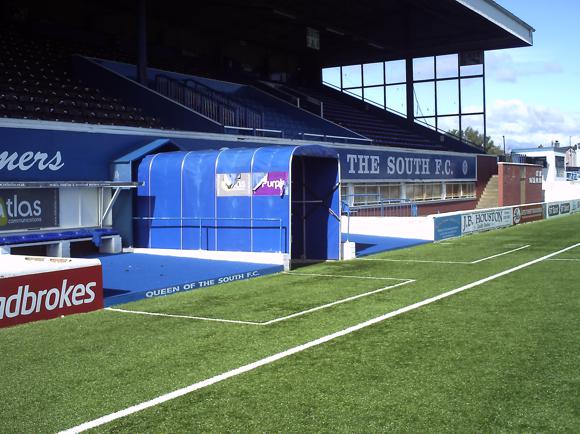

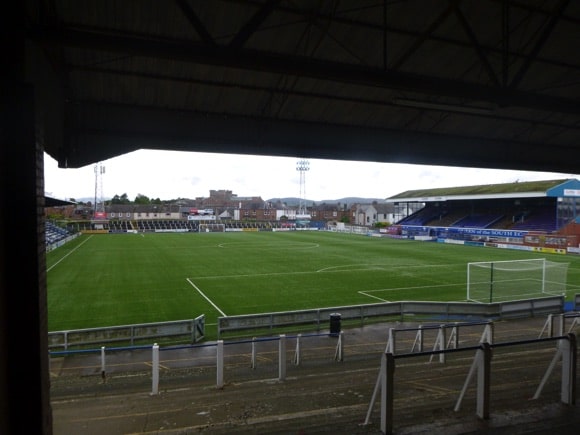
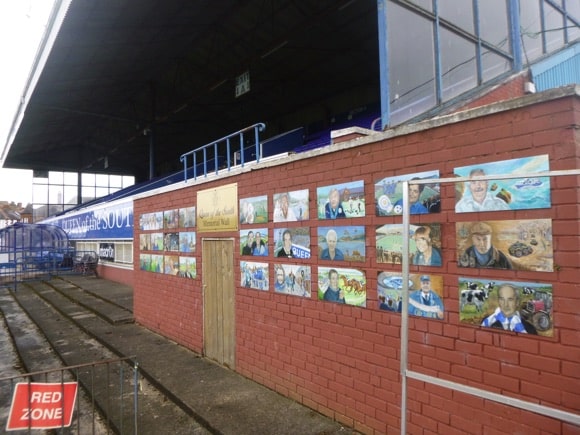
The run included a 3-1 win at Hibs in the League Cup – but ended with a shock 0-5 loss at home to Greenock Morton in mid-October. Little has gone right since. To stop the rot, in 2022 Queens brought in their former right-back, Willie Gibson, but a string of six defeats that spring ended in relegation to the third tier.
While the campaign against the likes of Clyde and Peterhead proved the perfect showcase for young Irish striker Ruari Paton to show his true worth, his goals weren’t enough to push the Dumfries team into the Championship play-offs.
Offloading the goalgetter to Queen’s Park, QoS took a punt on first-time manager Marvin Bartley, once a mainstay of the Hibs midfield. Judging by the first half of the season, Queens may be settling in for a long stint in the third-tier wilderness.
Ground Guide
The field of dreams – and the story behind it
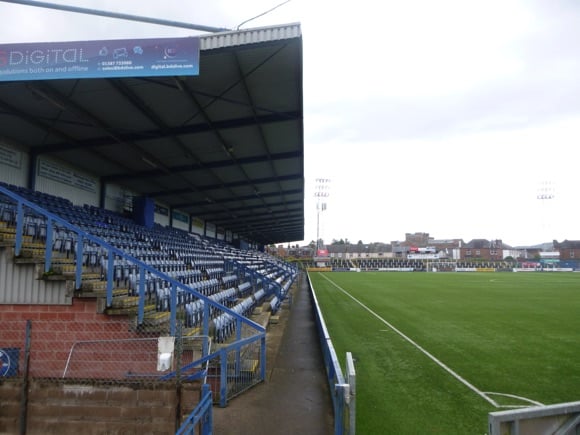
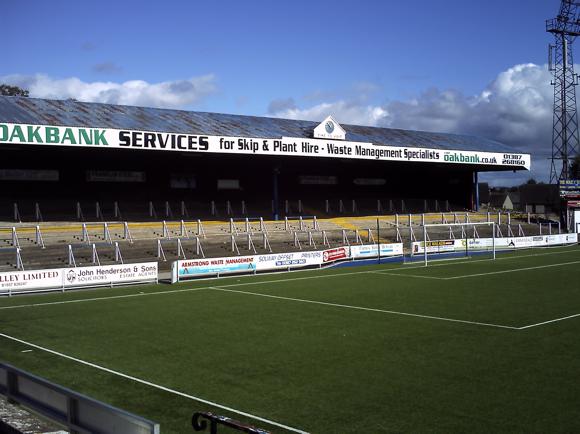
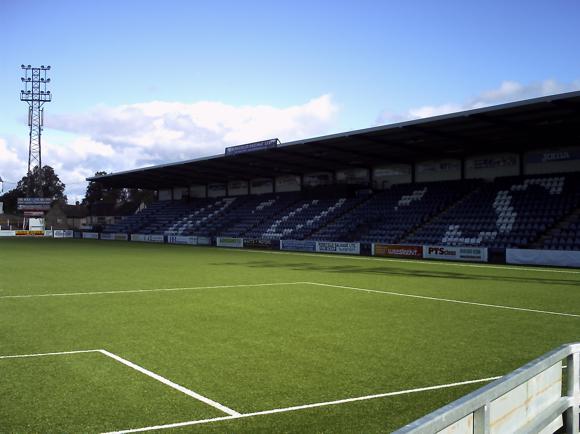
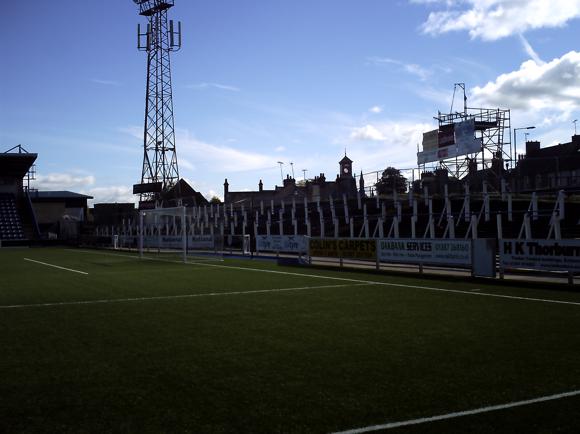


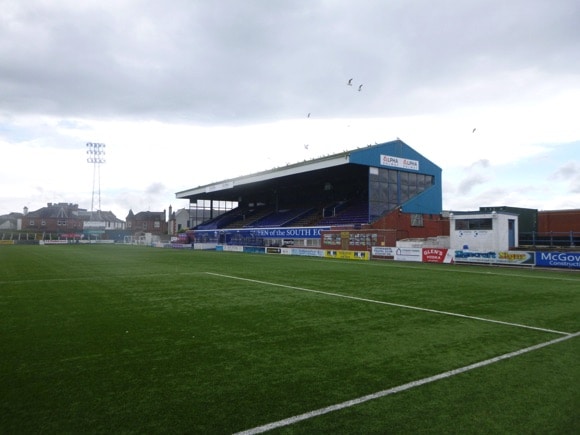
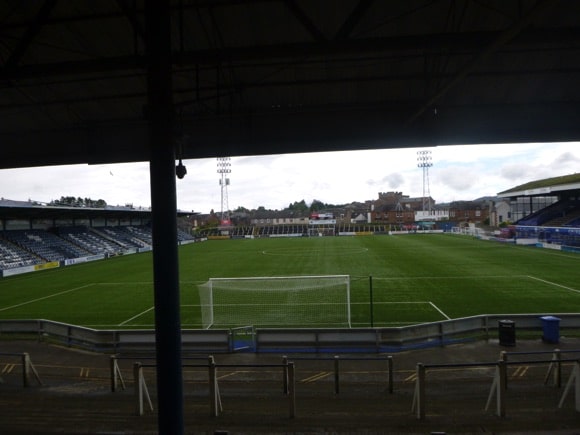


When Queen of the South were formed in 1919, they already had a home to go to: Palmerston Park. Formerly the farm of Palmers Toun, over the River Nith in Maxwelltown, the Palmerston pitch was where local Dumfries sides had been playing since the 1870s.
Within two years, having sold their best players, Queens were able to buy the ground and, after promotion to the top tier in 1933, built its East Stand. Further improvements came with another stint in the first flight, including the tallest floodlights in the Scottish game. The main stand was opened in 1965, the family stand 30 years later with a game against Rangers, also Queens’ 75th anniversary.
Today’s Palmerston Park has a capacity of 8.690, nearly 3,400 of that seated. Home fans stand on the Oakbank Services terracing – formerly the Portland Drive Terrace and the largest covered end in Scotland – or sit in the Alpha Solway (West) Stand, fringed by sections of terracing. Behind this older-looking main stand is where you’ll find the Arena, an indoor playing centre with its own café and the club shop, and a ticket office alongside.
QoS and away fans occupy the newer BDS Digital (East) Stand on a 50-50 basis. If demand requires, away fans are also allocated the uncovered Terregles Street Terrace, with its bright mural history of the home club.
Action takes place on an artificial 3G pitch, high-fives provided by club mascot Dougie the Doonhamer.
getting here
Going to the ground – tips and timings
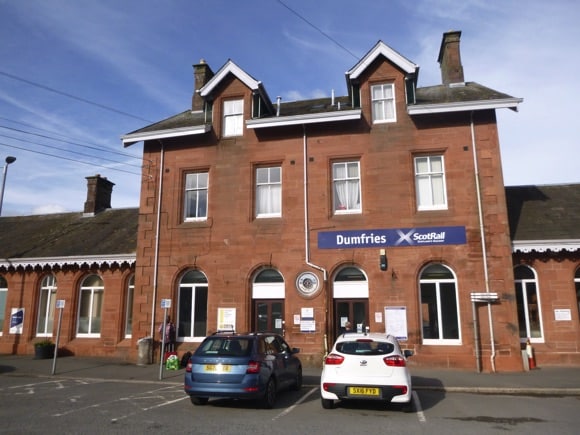
Palmerston Park is across the river in Maxwelltown, a 20-25min walk from Dumfries station, 10-15mins from the centre of town. From Greyfriars Kerk in town, head down Buccleuch Street, over the river, then bear right onto King Street and past the Ice Bowl.
From the Burns statue in the city centre, halfway between the station and the stadium, Stagecoach bus 9 runs every hour (every 2hrs Sun) to Terregles Steet 2mins away, right by the ground. There’s also the (very) infrequent 373 run by Houston Coaches, from the station via Whitesands, but the schedule doesn’t align with match times.
A taxi may be the best option – there’s a rank at the station. It shouldn’t be more than £7 to the ground.
The sat nav code for Palmerston Park is DG2 9BA. Just behind the East Stand, the Ice Bowl in King Street (DG2 9AN) has a decent-sized car park, with a free council car park alongside, also in King Street (DG2 9EL).
getting in
Buying tickets – when, where, how and how much


A ticket office operates behind the BDS Digital (East) Stand for home and away fans from 2hrs before kick-off on match days, accepting cash and cards. There are online sales too, via the club website. Prices are set at £18 (standing and seated), £10 seniors, students and under-21s, £5 for under-16s.
what to buy
Shirts, kits, merchandise and gifts


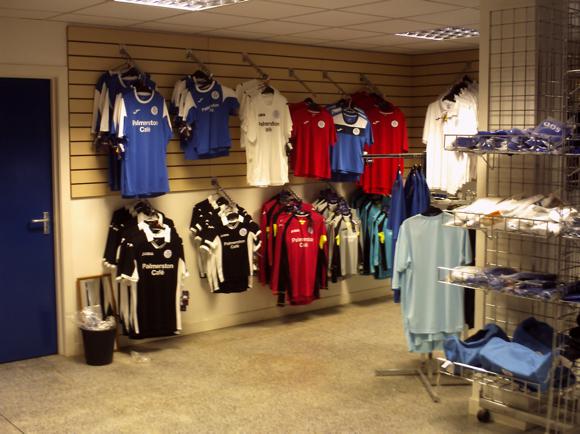
The club shop (Mon & Thur 9.30am-2.30pm, Tue-Wed 9.30am-4.30pm, Fri 9.30am-2pm and 2-3hrs before kick-off) is in the Arena, accessed through the café.
Diamond patterns currently underpin the home shirt of historic blue, its collar of the classic open-neck type with white underneath. The diamond pattern is more apparent in the mainly yellow change strip, with blue side stripes.
Beach towels and swimwear also sport the club crest, featuring the historic Dumfries rallying cry, ‘A Lore Burne’.
Where to Drink
Pre-match beers for fans and casual visitors


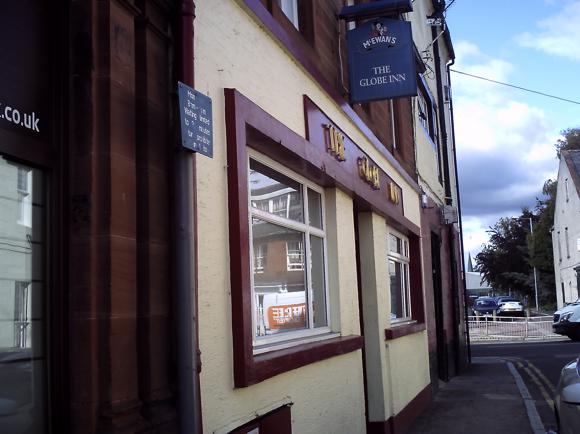





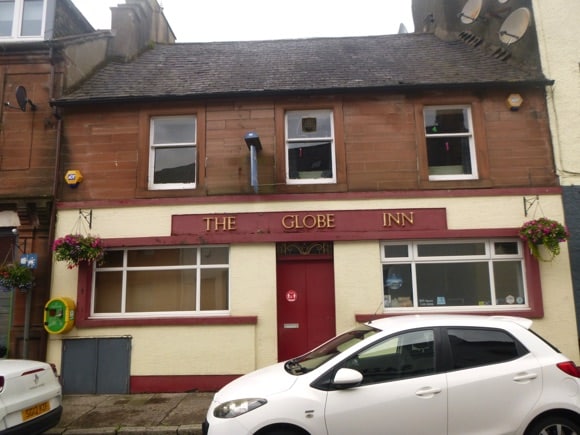
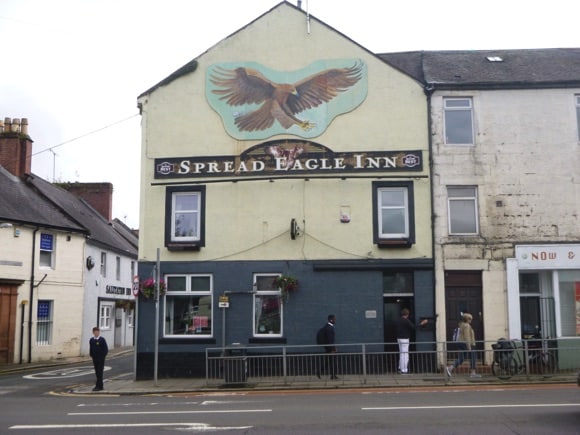
Home fans traditionally gather at the Hole I’The Wa’Inn on Dumfries High Street (No.156), its little doorway leading through an alley to a hive of football banter. So named because it used to serve women drinks through a hole in the wall rather than allow them in, the pub is ingrained in Queens lore. The clock at the home Portland Drive end used to display its name.
You’ll find a cluster of venues by the river on the Maxwelltown side, by Market Square, about a 7-8min walk from the ground. These include the traditional Globe Inn (No.21), not to be confused with the historic venue of the same name on Dumfries High Street; QoS stronghold the Devorgilla Lounge, and the more basic Salutation Inn, a locals’ haunt.
At the corner with Galloway Street, therefore slightly closer to Palmerston Park, the homely Spread Eagle is the best and most popular choice.
At the ground, you’ll find a beer-free café in the Arena and a lounge bar at the back of the old main Gates Power Transmission Stand, open to home and away fans either side of the match.


